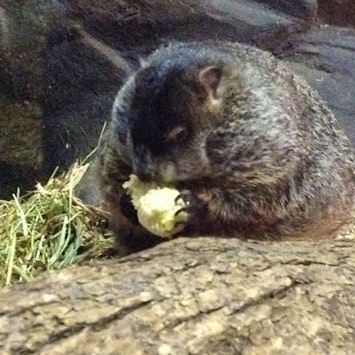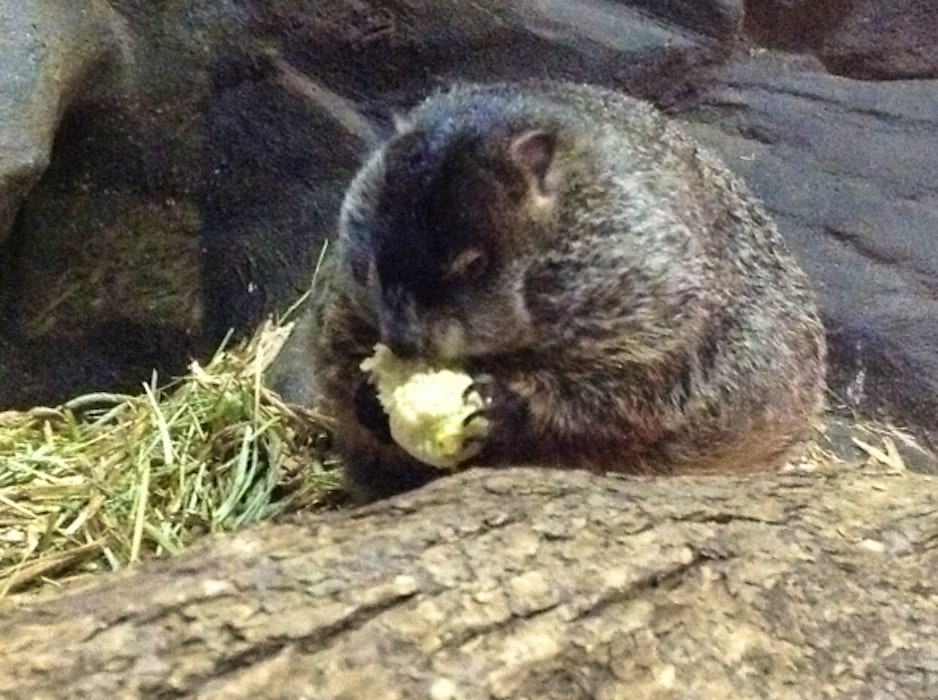What do animals do in autumn?
Discovery Place Nature

Autumn is officially here – time for raking leaves, sipping pumpkin lattes, putting together Halloween costumes and trading shorts and swimsuits for pants and jackets.
But humans aren’t the only ones who prepare for a seasonal change. Our furry, feathered and scaly friends know it’s fall too.
Here are some changes in local wildlife behavior you might notice:
• Both farmers and animals are busy during fall harvest season. Hibernating animals such as groundhogs, chipmunks and bears feast on nature’s buffet of berries, apples, nuts and seeds to build up reserves of fat that will keep them warm during their long winter’s nap.
• Why did the snake cross the road? To get to its winter den! These cold-blooded animals have no way to keep warm when the temperatures drop, so you’re more likely to find them in roadways as they travel to find shelter in caves, hollow logs, burrows or even basements. Snakes tend to stay deep in their den during the winter and are willing to bunk with other species. Black rat snakes, timber rattlesnakes and copperheads can be found sharing the same den.
• Birds and butterflies also are on the move in autumn. Many species fly south to warmer climates, including Monarch butterflies, which typically pass through the Charlotte area in late September-early October during their annual migration to Mexico.


